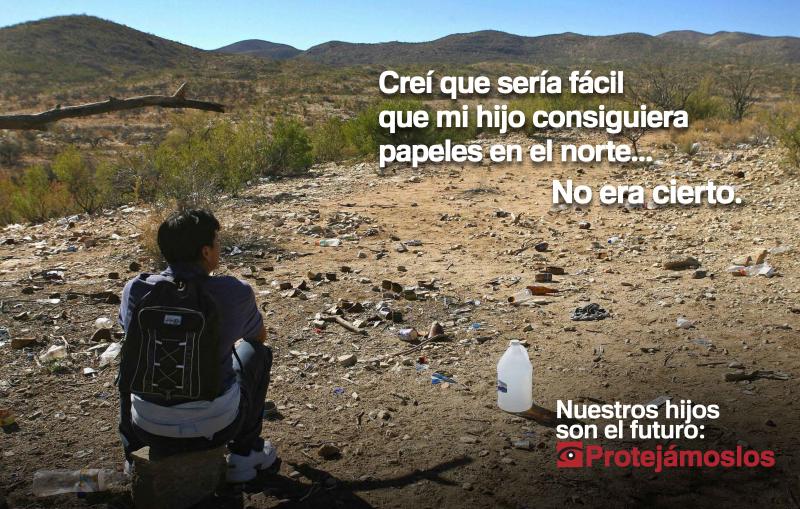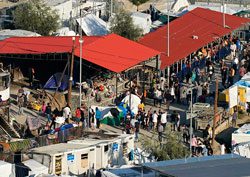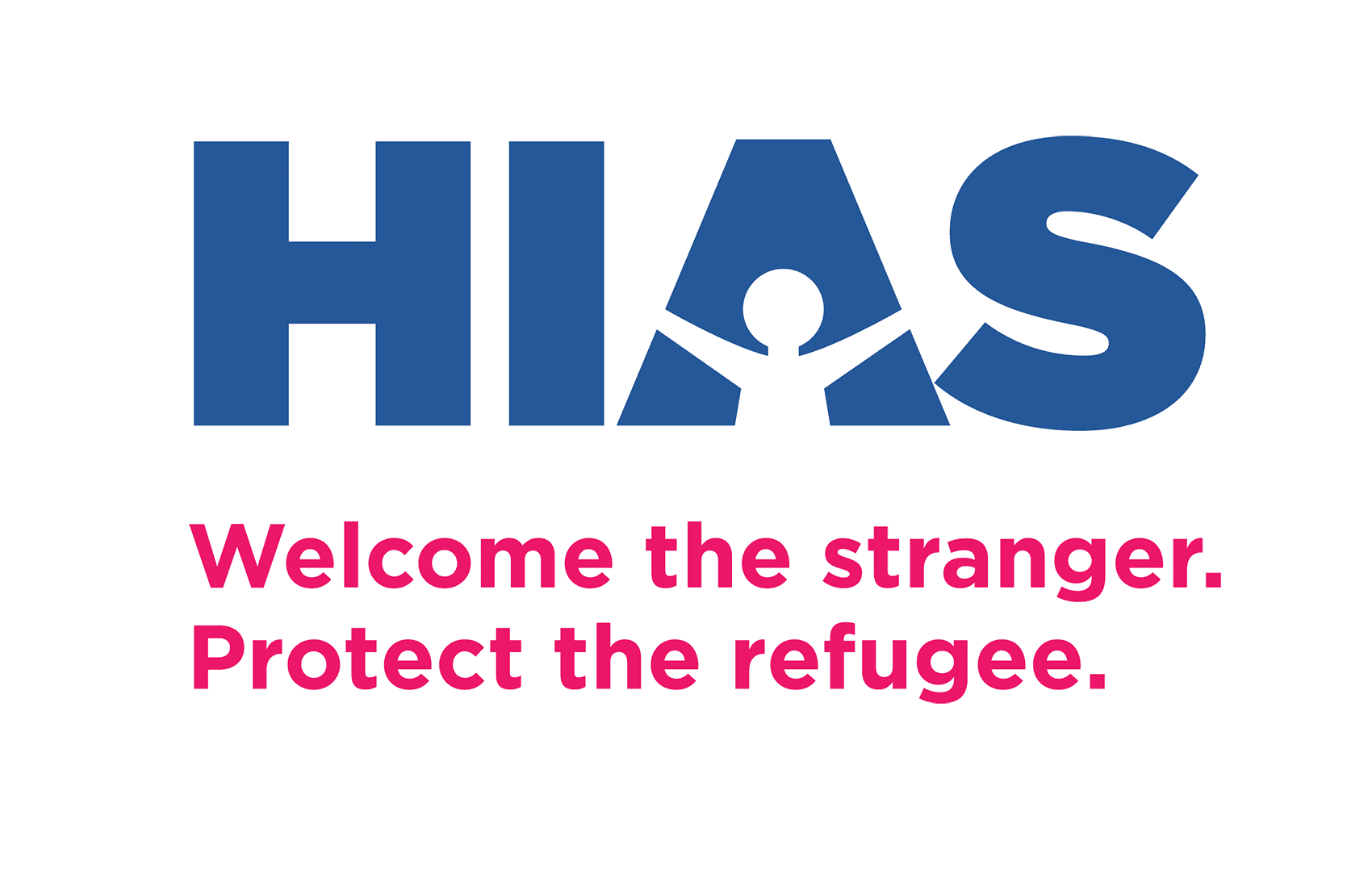Aiding Unaccompanied Children in the Fight for Legal Status
By Julie Marling
Aug 10, 2015

This ad ran in Central America and Mexico as part of a public information campaign by U.S. Customs and Border Patrol. It reads: “I thought it would be easy for my son to get his papers in the North. That wasn’t true.”
(cbp.gov)
Throughout my internship with the HIAS legal team this summer, I have worked with unaccompanied children from Central America. In recent years, children have fled Central America to come to the United States in record numbers. Some are fleeing gang violence, while others who walk through the doors of the HIAS legal team’s offices were abused by their own parents or family members. These children are fortunate to have found their way to HIAS’s pro bono legal services.
Ana* is one such child. She came into the HIAS office with her mother one morning early in my internship. Ten years old, with pig tails, a quick smile and a sweet demeanor, it was hard to reconcile Ana’s fifth grade exuberance and spirit with the gang violence she witnessed in El Salvador and the abuse she suffered at the hands of her father.
HIAS provides free legal services to children like Ana, and explains that typically there are two options in order to obtain legal status. Ana’s two options are to seek asylum or seek special immigrant juvenile status. Asylum may be granted if Ana can prove that she suffered past persecution or fears future persecution because of her race, religion, nationality, political opinion or membership in a particular social group. If she is granted asylum, she can eventually become a legal permanent resident and then, someday, a citizen. Once a citizen, and after turning twenty-one, Ana can petition for legal status for the rest of her family.
Unlike asylum, which has a complex system of requirements that can be difficult to satisfy, special immigrant juvenile status may be easier to prove, given a client’s specific circumstances. Among other requirements, Ana must show that she was abused, abandoned or neglected by one or both parents. She also must show that it is not in her best interest to be returned to her home country. If Ana is granted this status, she can eventually become a legal permanent resident, and someday, a citizen. However, if Ana obtains legal status through special immigrant juvenile status she can never petition for legal status for her parents, not even for her mother, who did not abuse her, and not even if she someday reconciles with her abusive father. This is one major consequence special immigrant juvenile status carries that asylum does not.
This dilemma is one that we’ve explained to many children and their guardians, and we explained it to Ana and her mother when we met them this summer. Before we ask our clients to make this difficult choice, we much make sure they understand the long term immigration consequences. On the bright side, our clients have one benefit that many unaccompanied children do not: an immigration attorney to help them navigate the system.
Under current U.S. law, unaccompanied children do not have the right to appointed counsel. These children often face the system – and choices like special immigrant juvenile status versus asylum – alone because of lack of money to hire an attorney or lack of time or resources to find pro bono help.
However, change may be coming. There is currently a class action in Seattle which challenges the government’s failure to provide attorneys for the thousands of children who go to immigration court and navigate this complex system alone. Until the day comes when these children have the right to appointed counsel, HIAS and organizations like it are trying to fill the gap and, wherever possible, help these children fight for legal status in the United States.
*Name has been changed to protect the child’s privacy


